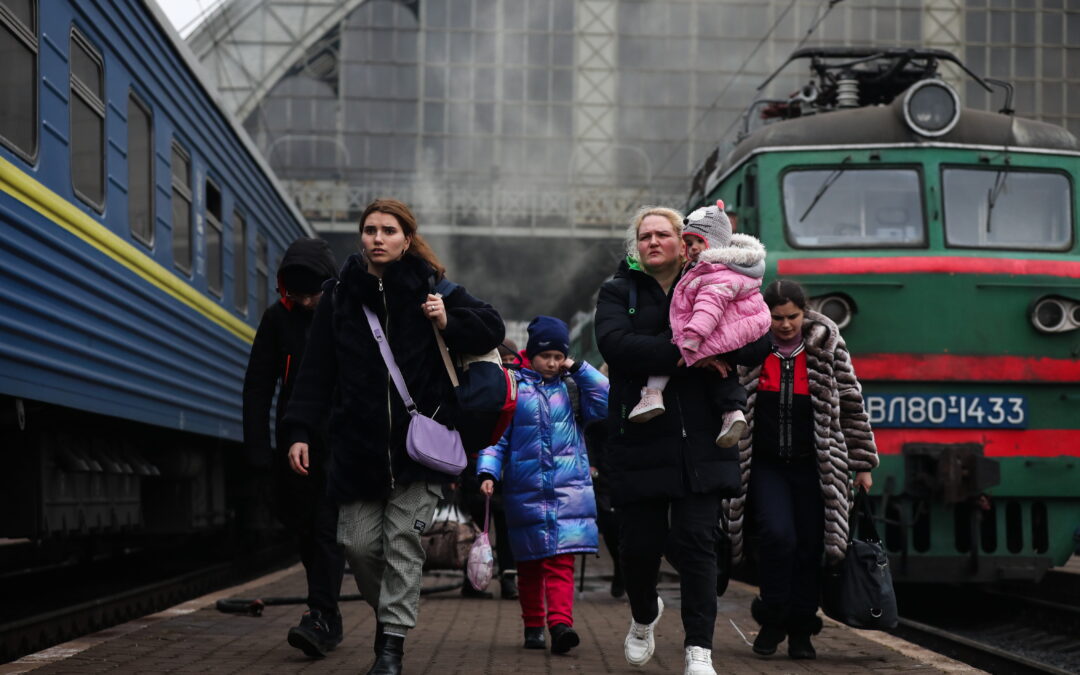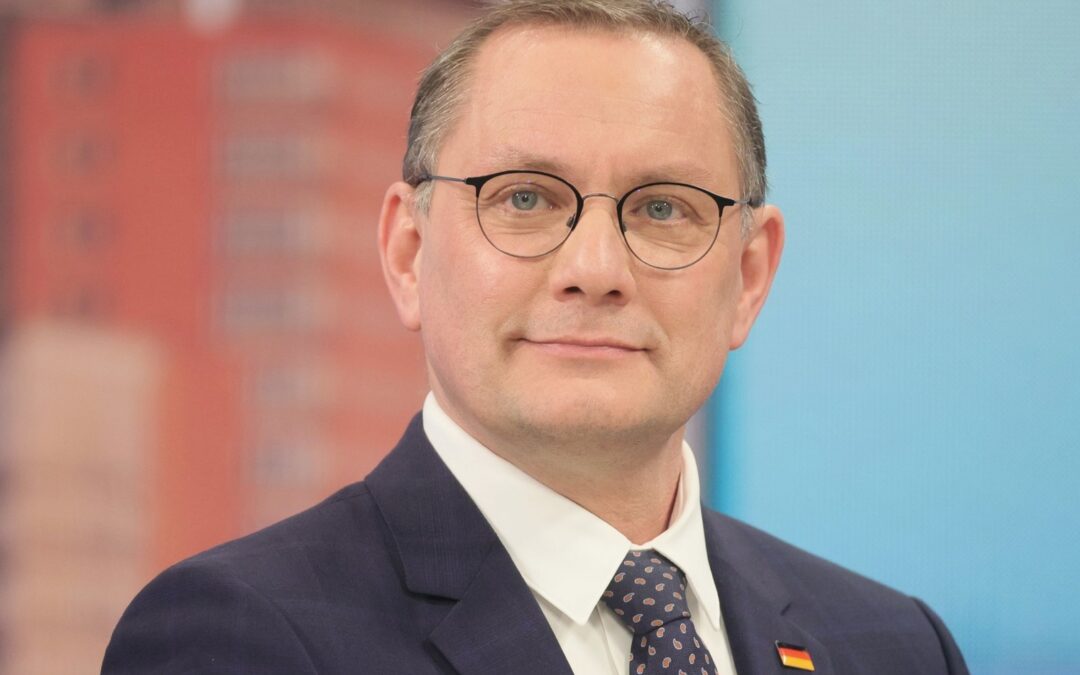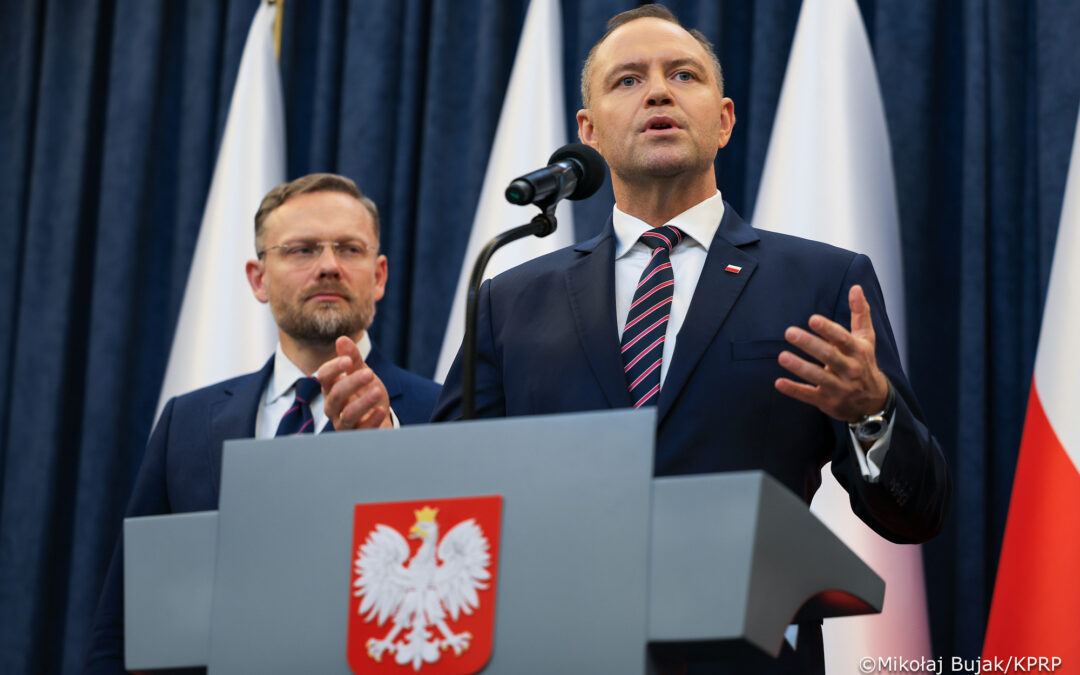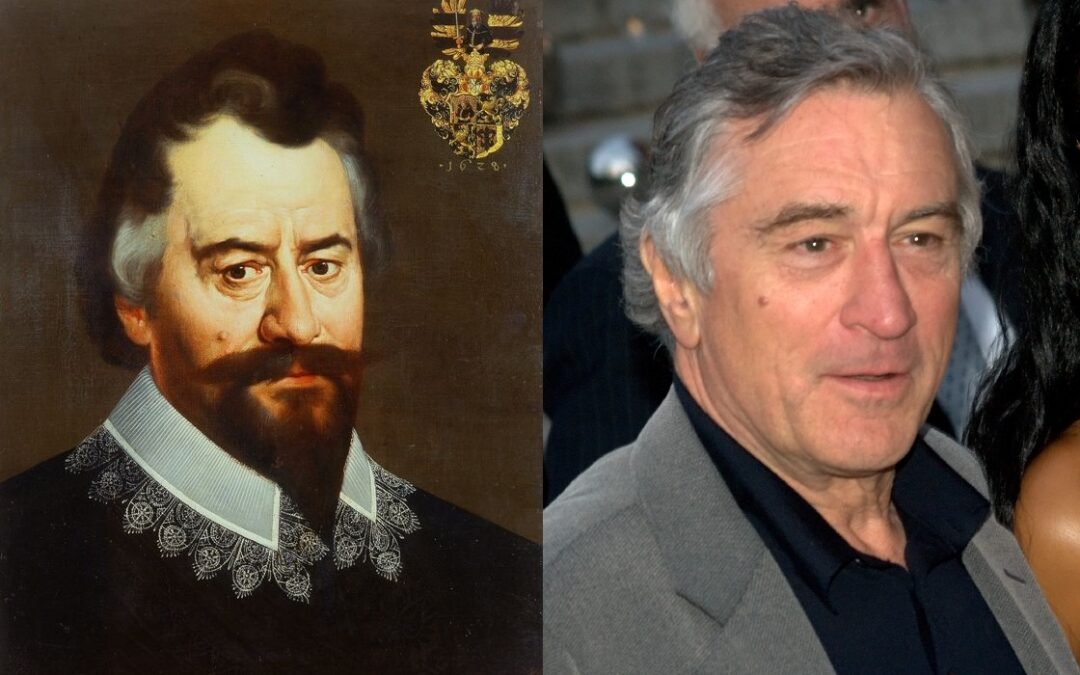The number of people who have crossed from Ukraine into Poland since Russia’s invasion 11 days ago has passed one million, the Polish border guard announced on Sunday evening.
That represents around 60% of all the people who have fled Ukraine, according to the UN Refugee Agency, which noted that the total figure passed 1.5 million on Saturday. The UN’s High Commissioner for Refugees, Filippo Grandi, yesterday called it “the fastest growing refugee crisis in Europe since World War II”.
The numbers coming into Poland have shown no sign of slowing down. For the last three days, new record numbers of crossings from Ukraine have been recorded: 106,400 on Friday, 129,000 on Saturday, and 142,300 on Sunday.
#Pomagamy🇺🇦
Dzisiaj o godz.20.00 liczba osób,które uciekły z Ukrainy🇺🇦do Polski🇵🇱 przekroczyła milion.
To milion ludzkich tragedii,milion osób wygnanych z własnych domów przez wojnę.
Milion osób,które po przekroczeniu granicy usłyszały od #funkcjonariuszeSG „Jesteście bezpieczni” pic.twitter.com/gFUmOoHrbX— Straż Graniczna (@Straz_Graniczna) March 6, 2022
It remains unknown what proportion of those million people have remained in Poland. Maciej Duszczyk, a migration scholar at the University of Warsaw, estimated on Saturday that “40-50% of them have already left Poland or will soon leave for other EU countries”.
That still leaves hundreds of thousands of people in Poland, a sudden and unprecedented influx that has been met by a mass mobilisation from the Polish government, local authorities and civil society.
While some arrivals have been housed in temporary reception centres and others accommodated by local authorities, many have also been hosted in private homes. On Friday, the prime minister, Mateusz Morawiecki, announced that the government was planning to pay up to 1,200 zloty (€244) per month to people who house refugees.
Premier @MorawieckiM w @PolsatNewsPL: Chcemy tę pomoc zamienić w pomoc systemową. Dlatego zaproponowaliśmy już ustawę, żeby osoby, które będą przyjmowały uchodźców wojennych z Ukrainy, otrzymywały ze strony państwa np. 40 zł dziennie za daną osobę na wyżywienie, ciepło.
— Kancelaria Premiera (@PremierRP) March 4, 2022
He thanked those who have “so beautifully opened their hearts to Ukrainian families” and said that the government wants to turn this often temporarily help into “systematic aid” by recompensing people for the costs they accrue by hosting refugees, reports the Polish Press Agency (PAP).
The High Commissioner for Refugees estimates that up to four million people may eventually seek to flee Ukraine. As well as Ukrainians, people of many other nationalities have fled across the border into Poland.
Polish authorities have rejected claims that they have discriminated against African, Asian and Middle Eastern people at the border. Testimony and video evidence of such incidents indicate that, when they have occurred, it has been on the Ukrainian side of the border at the hands of Ukrainian officials.
At the Polish/Ukrainian border I was impressed by the outpouring of solidarity by communities through Poland in support of refugees: many volunteers in action, and piles of donations everywhere, all effectively organized by border guards and local authorities. pic.twitter.com/QRW5rwXdV7
— Filippo Grandi (@FilippoGrandi) March 6, 2022
Main image credit: Jakub Wlodek / Agencja Wyborcza.pl

Daniel Tilles is editor-in-chief of Notes from Poland. He has written on Polish affairs for a wide range of publications, including Foreign Policy, POLITICO Europe, EUobserver and Dziennik Gazeta Prawna.




















